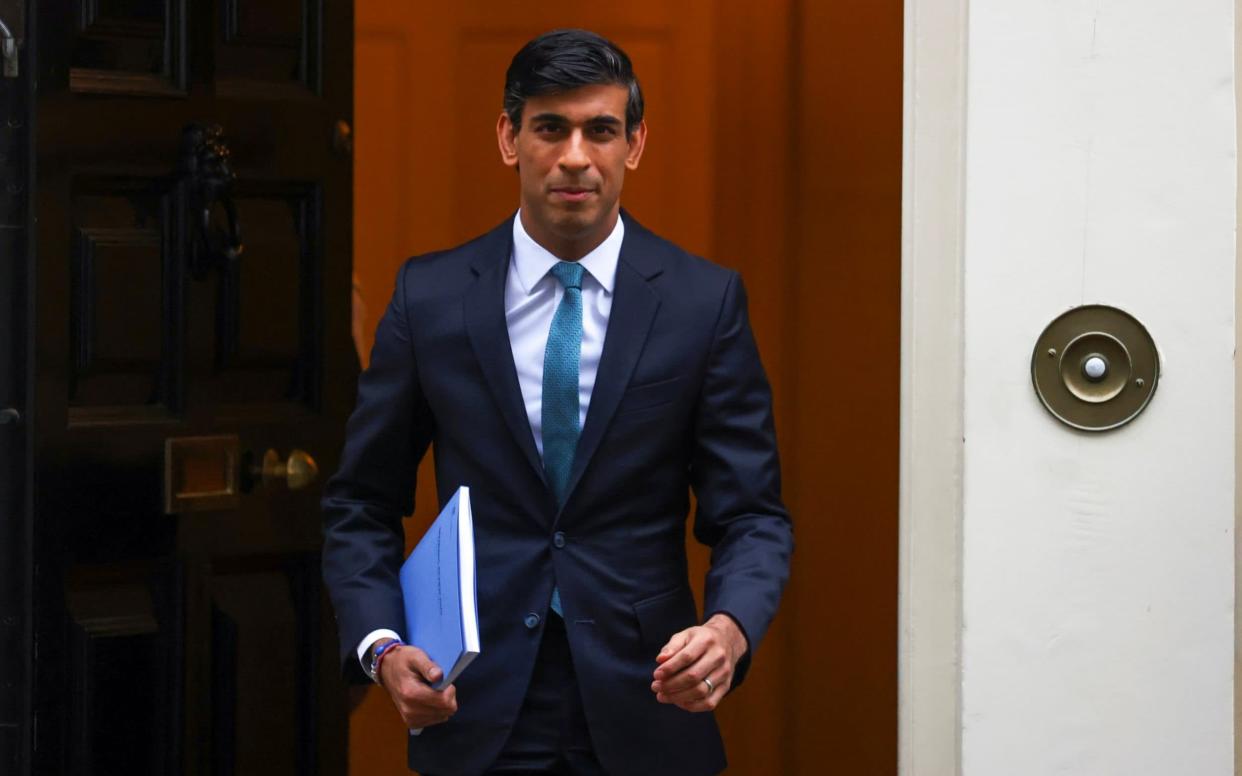Unemployment to rise to worst level since financial crash by mid-2021

Unemployment is set to rise to its highest level since the financial crisis by the middle of 2021, official forecasters have predicted.
The Office for Budget Responsibility (OBR) said 2.6 million people, or 7.5 per cent of the workforce, would be out of work by the middle of next year if Tier 2 or 3 restrictions remain until the vaccine.
The forecaster suggested the rate could be as high as 11 per cent if vaccines are not effective and the Government’s test and trace system does not work as planned.
The worst of the impact of the pandemic had fallen on hospitality, transport, and entertainment, while financial services, energy, and agriculture were “spared the worst economic consequences,” it OBR said.
The latest dire set of statistics came as Rishi Sunak, the Chancellor, announced more than £4bn of support measures to target joblessness.
Measures include an extension to the Government’s apprenticeship hiring incentive that pays employers £2,000 for every new apprentice they take on, £2.9billion for a “Restart” scheme to help the long-term unemployed and £1.4billion for Job Centres.
For those in work, the national living wage will increase by 2.2 per cent to £8.91 an hour and the minimum wage will also rise.
Mr Sunak said that the OBR’s modelling predicted unemployment would fall in every year after 2021, reaching 4.4 per cent by the end of 2024.
The rate currently stands at 4.8 per cent, its highest level since 2016. Unemployment peaked at 8.5 per cent during the financial crisis, in the third quarter of 2011.
The previous highest peak was 10.7 per cent at the end of 1992, following the Black Wednesday crash.
Speaking in the House of Commons on Wednesday, the Chancellor noted that the UK’s rate was lower than Italy, France, Spain, Canada and the United States, but warned: “We cannot protect every job.”
Mr Sunak said the Government had taken “extraordinary measures to protect people’s jobs and incomes,” adding: “It is clear those measures are making a difference”.
The OBR also warned that employment would suffer further in the event of a no-deal Brexit.
The forecaster added another 0.8 per cent to its unemployment forecast if no deal is reached before the end of the transition period, bringing the total to 8.3 per cent by the third quarter of 2021.
Mr Sunak’s latest measures to target unemployment were welcomed by industry leaders. Adam Marshall, director general of the British Chambers of Commerce, said: "Measures to help people return to work at this challenging time will help limit long-term unemployment, but Government must waste no time in putting these plans into action.
"Government and business will need to work together to re-train and re-skill the UK workforce. Investment in the Kickstart Scheme, in which Chambers are playing a leading role, and the launch of the Restart scheme, will be critical in helping to achieve that.
"With an uncertain winter ahead, the Government will need to maintain an open mind on providing further support to businesses struggling to survive."
Rain Newton-Smith, chief economist at the Confederation of British Industry, said stark forecasts pointed to "tough times ahead", adding: "The Chancellor has made some bold autumn decisions to power a spring recovery.”
But Anneliese Dodds, the Shadow Chancellor of the Exchequer, accused Mr Sunak of taking a “sledgehammer” to consumer confidence.
Job search support “ultimately only works if sufficient new jobs actually exist,” she said.
Labour called for “ambitious action to boost our economy and to support our businesses,” including in the green sector.

